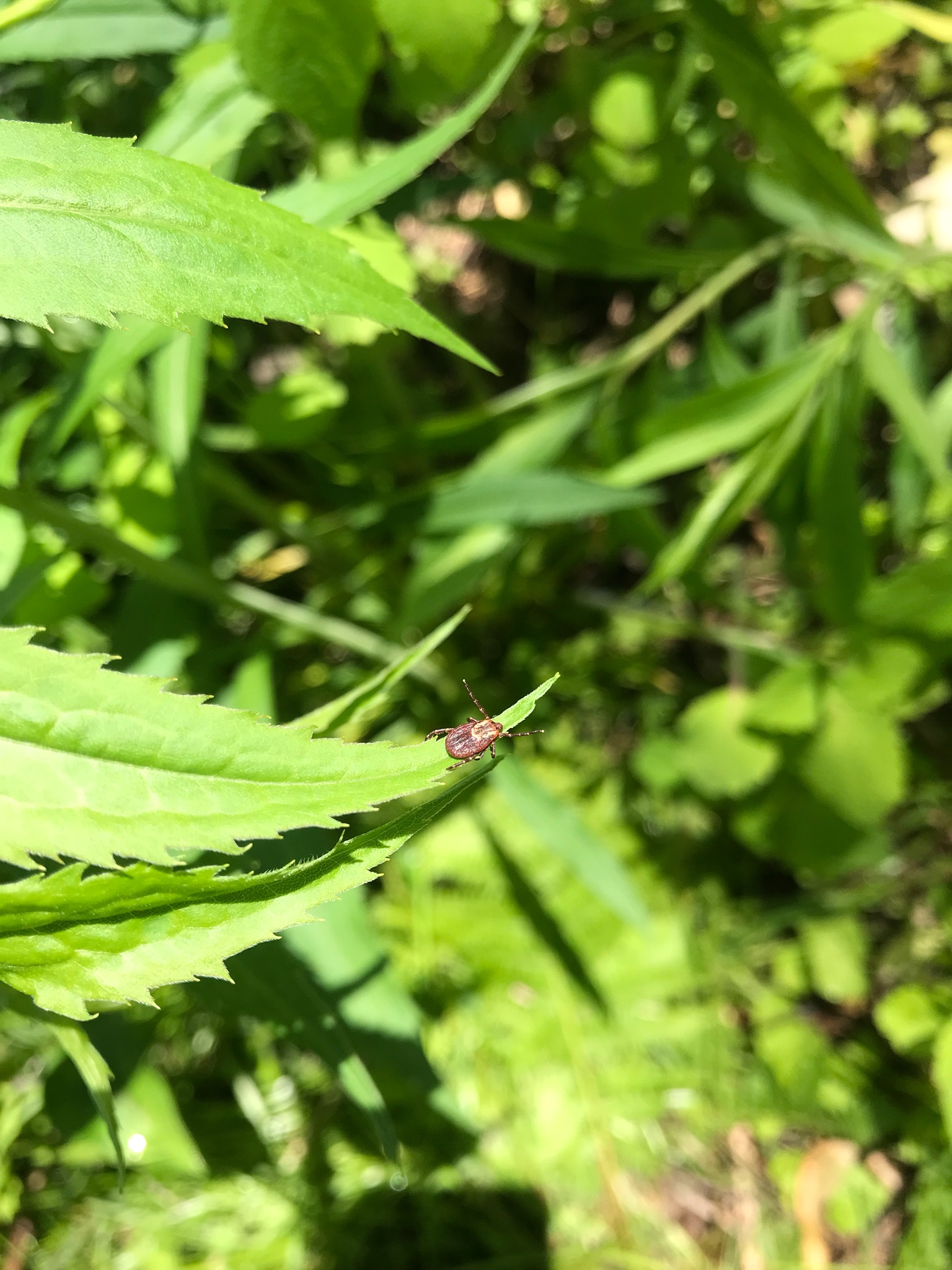 Tularemia is known as a rural disease caused by an infection of the bacterium Francisella tularensis, and can be severe if it is left untreated. Exposure can occur when a person or animal is bitten by an infected lone-star tick (Amblyomma americanum), or an infected American dog tick (Dermacentor variabilis). After infection, symptoms will typically develop 3-5 days later and may include:
Tularemia is known as a rural disease caused by an infection of the bacterium Francisella tularensis, and can be severe if it is left untreated. Exposure can occur when a person or animal is bitten by an infected lone-star tick (Amblyomma americanum), or an infected American dog tick (Dermacentor variabilis). After infection, symptoms will typically develop 3-5 days later and may include:
a high fever up to 104 degrees Fahrenheit, headache, chills, muscle aches, dry cough, joint pain, diarrhea, and progressive weakness. Other serious symptoms can include pneumonia and chest pain.
When the skin has become infected from a tick bite, an ulcer of the bacteria in the skin called an ulceroglandular, may form and will result in localized lymph node swelling. If left untreated, Tularemia in any form can progress to a point in which the bacteria can cause an infection in the lungs or blood, and lead to death.
Francisella tularensis is an extremely infectious organism, and as little as 10 to 50 individual bacteria can be enough to cause disease in an otherwise healthy individual. Other forms of the bacteria can be glandular: sore throat, swollen glands, and fatigue, oculoglandular: irritation in the eye and swollen glands by the ear, oropharyngeal: mouth ulcers, tonsillitis, and swollen glands in the neck, and pneumonic: chest pain, cough, and trouble breathing.
Diagnosis:
If Tularemia is suspected, treatment is crucial and must be treated promptly to prevent severe debilitating disease or death. Be aware that the initial symptoms of this disease can make diagnosis the patient difficult. Many times a physician will require a blood test and culture in order to diagnose correctly.
The antibiotics streptomycin, gentamicin, and tetracycline are typically used to treat infections, but the treatment may vary based on the type or severity of the infection. Generally, with treatment, the bacterial infection should be cleared within 10-14 days.
There are an estimated 200 cases of Tularemia being reported each year, typically in the western and south central region of the United States. Forms of prevention from an infected tick with Tularemia include: insect repellents, wearing clothes that cover most of the skin, using gloves when touching wild animals, and avoid drinking untreated water.

